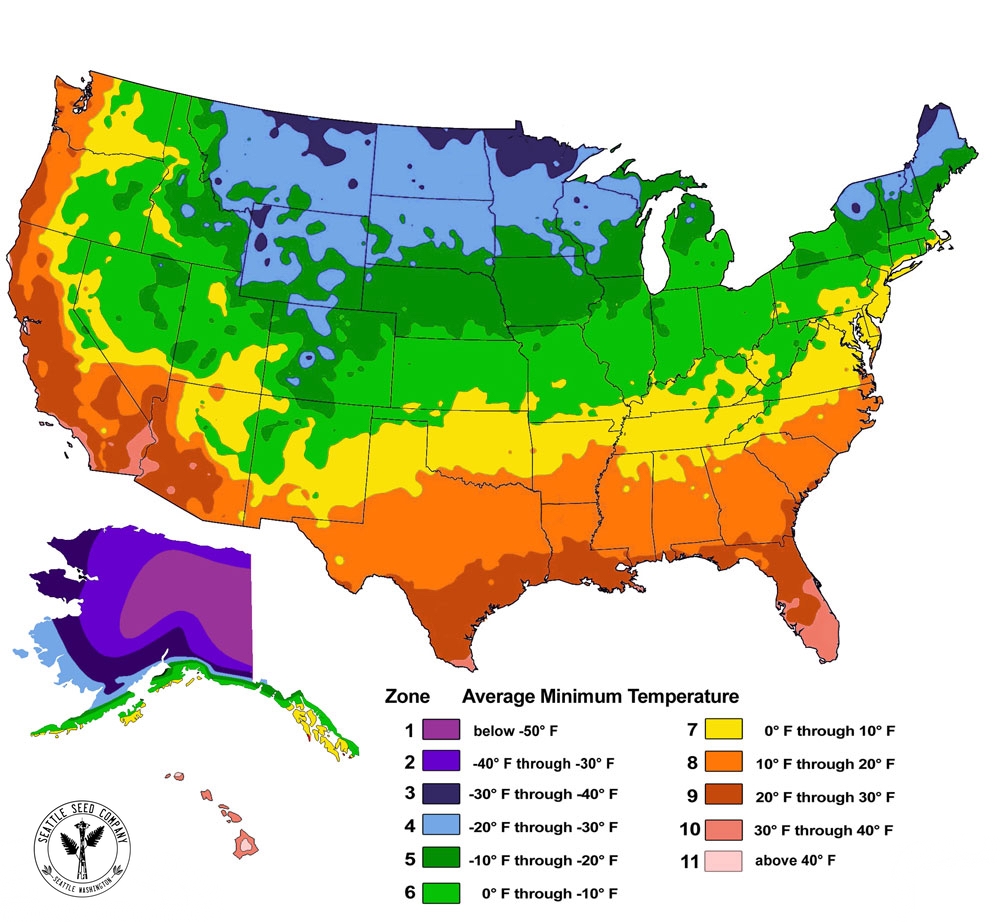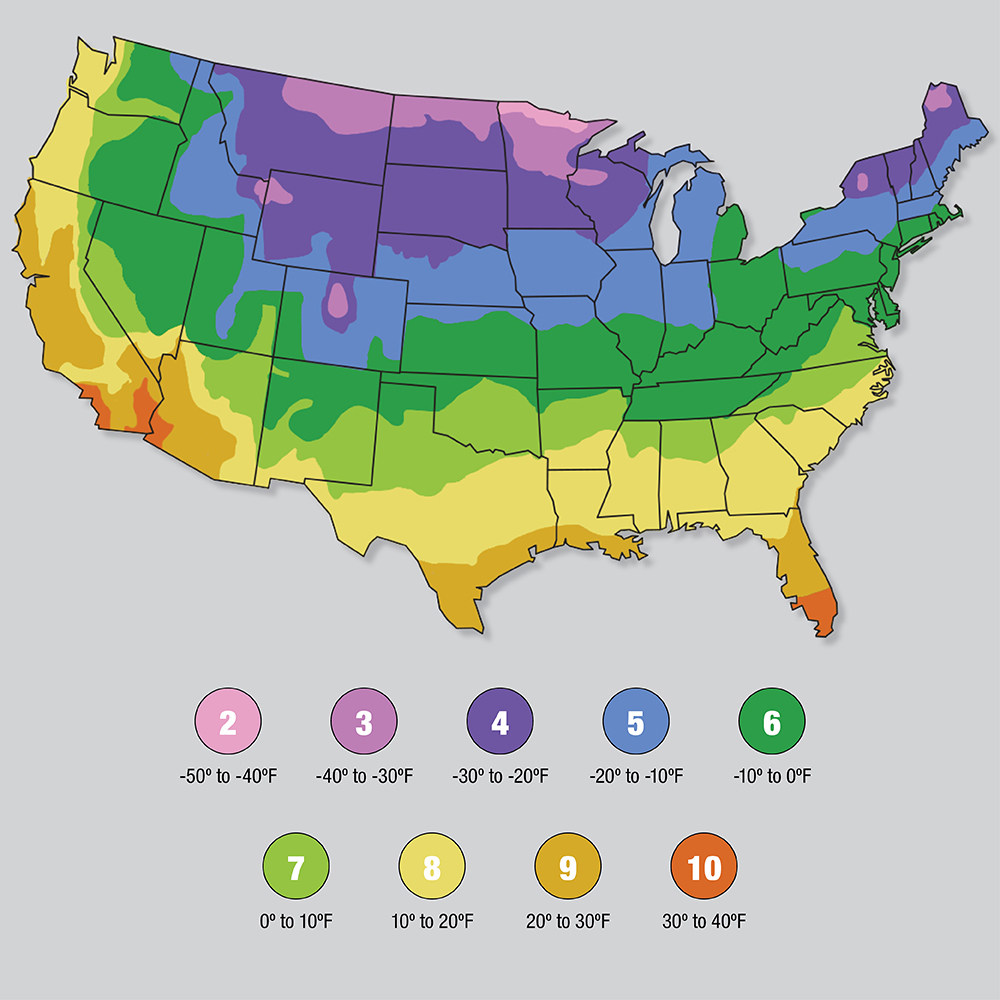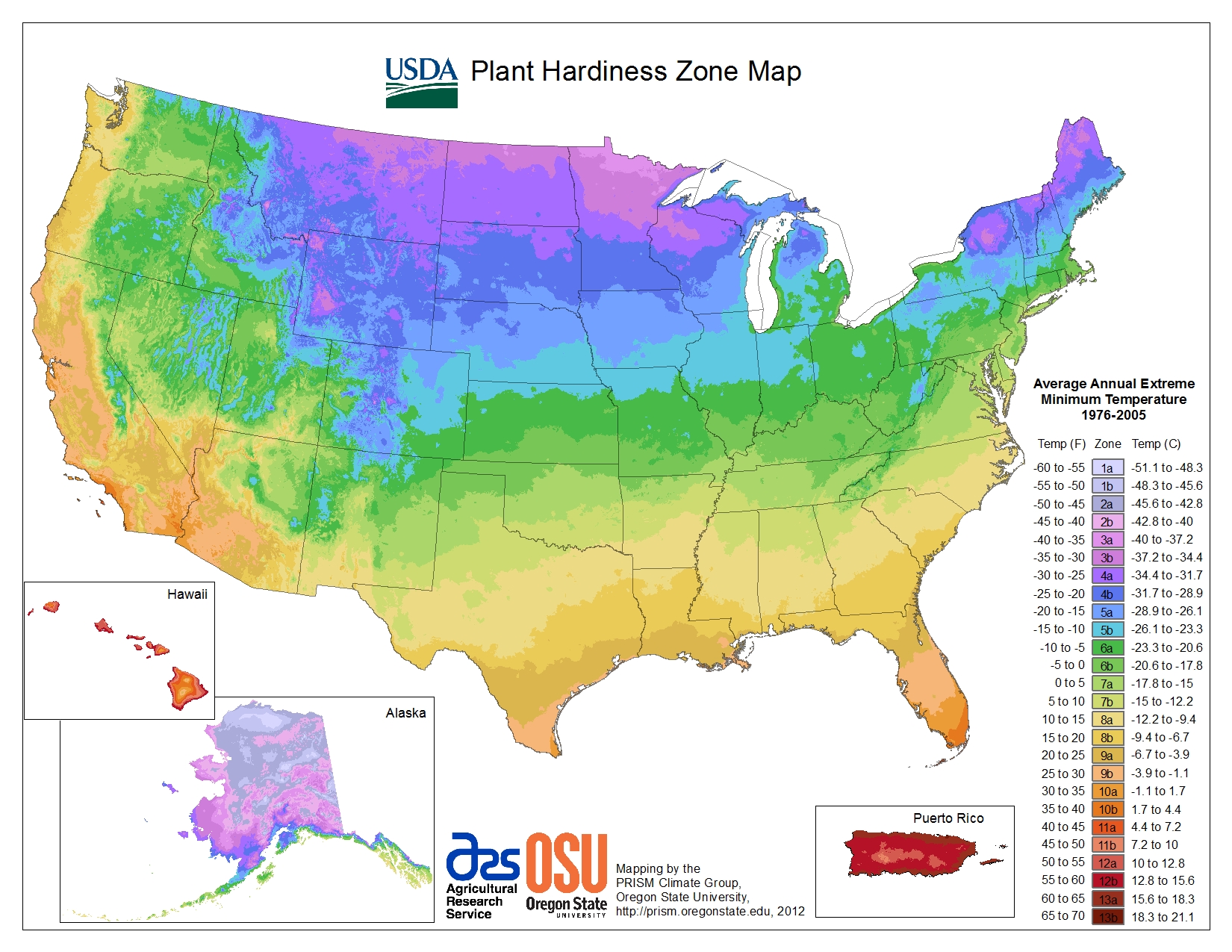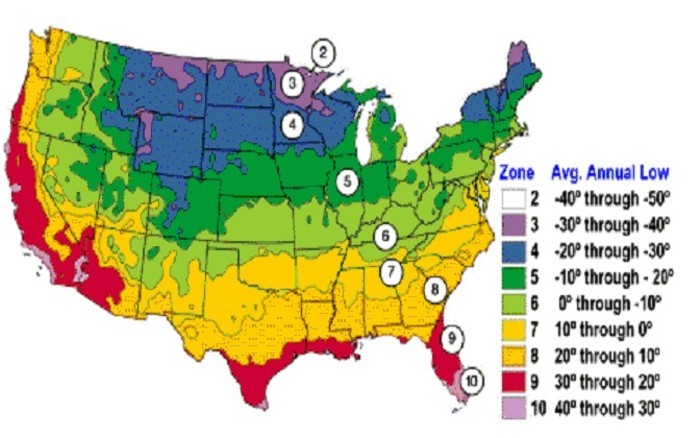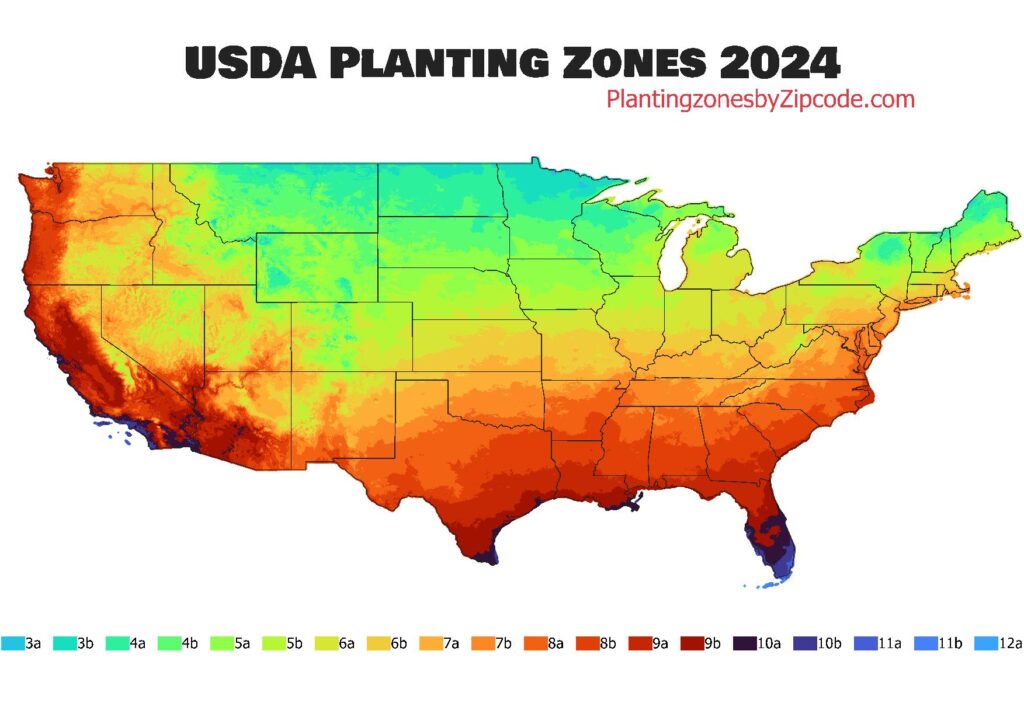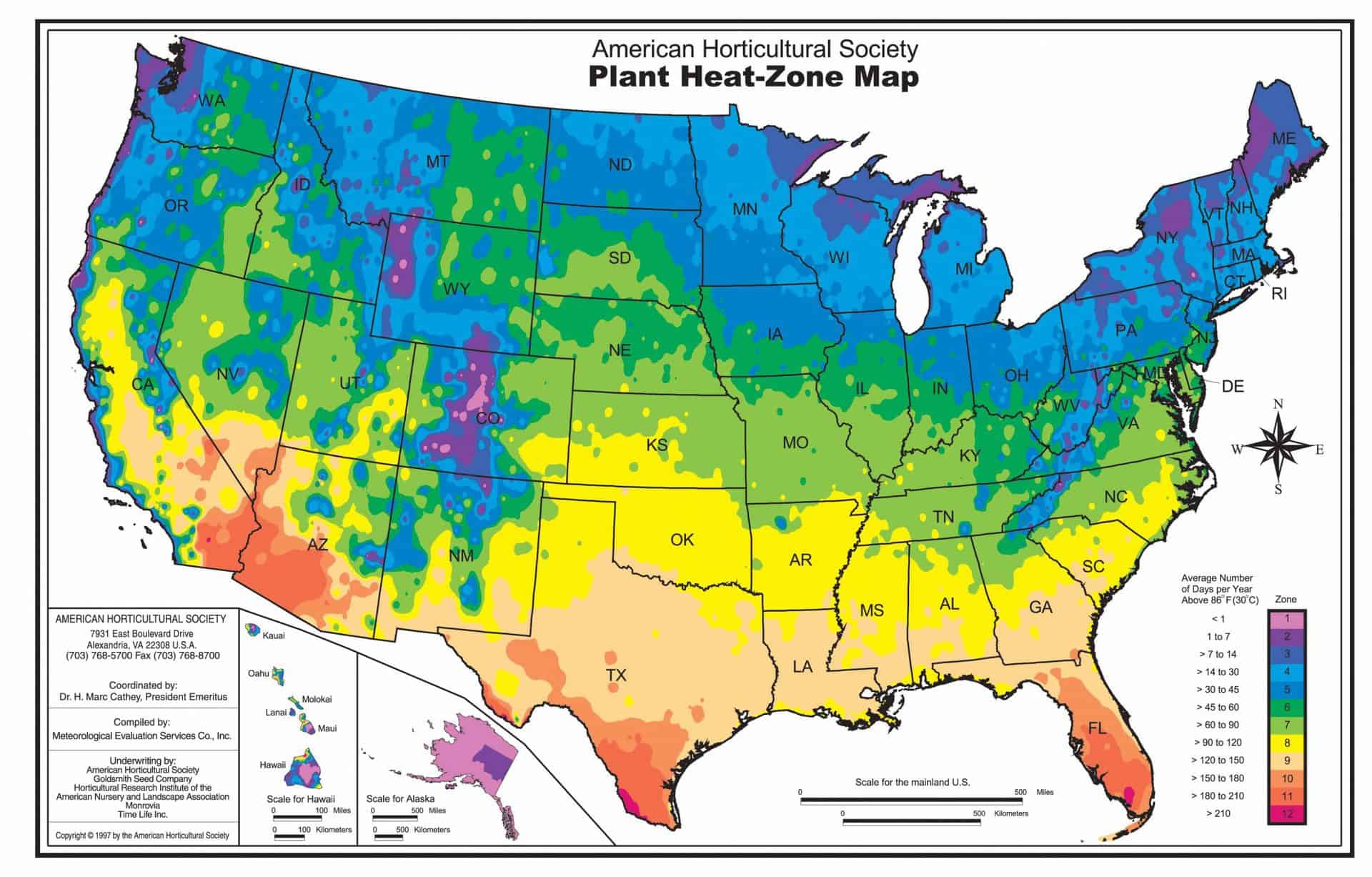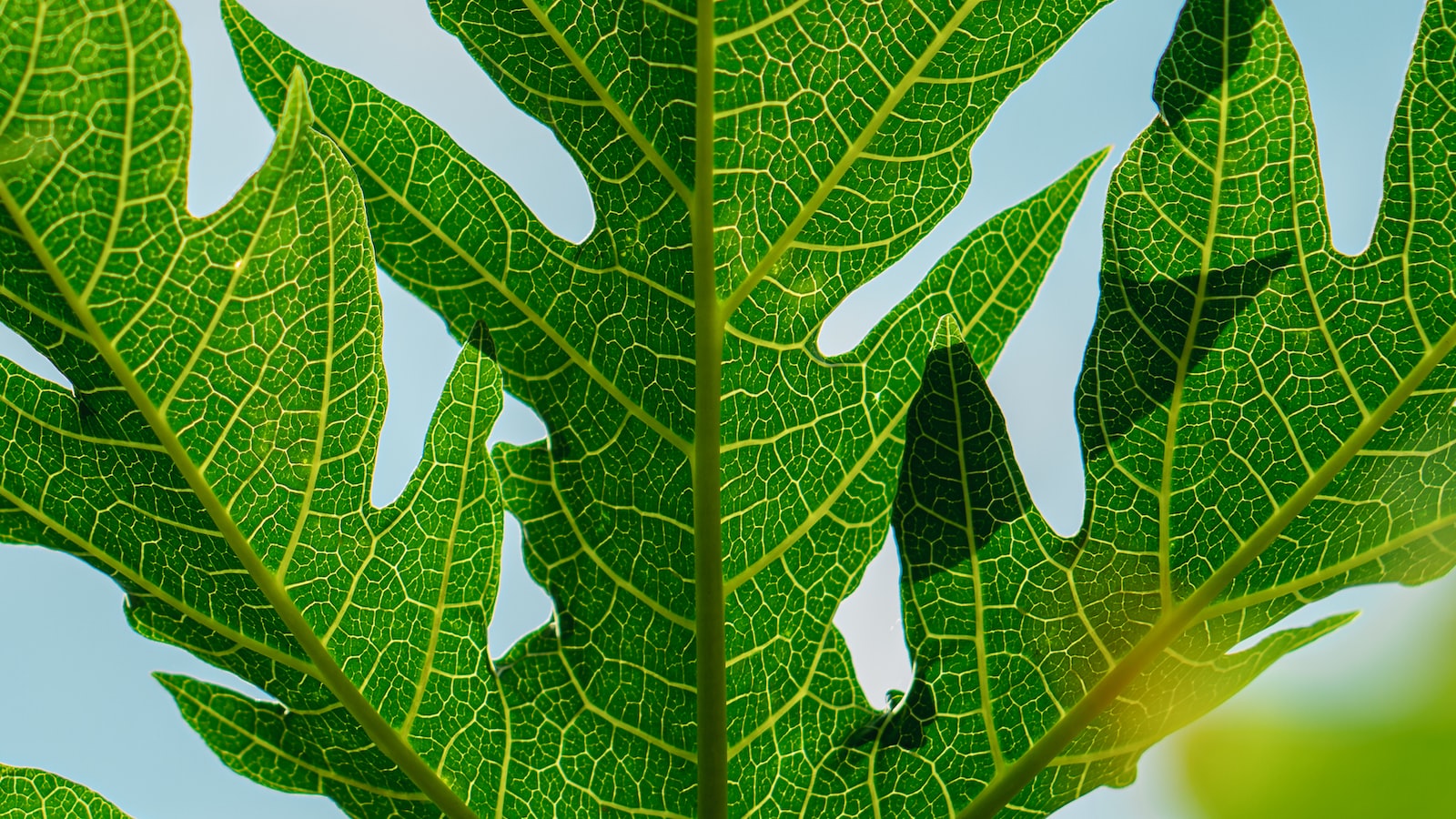What Planting Zone Is Reno Nevada
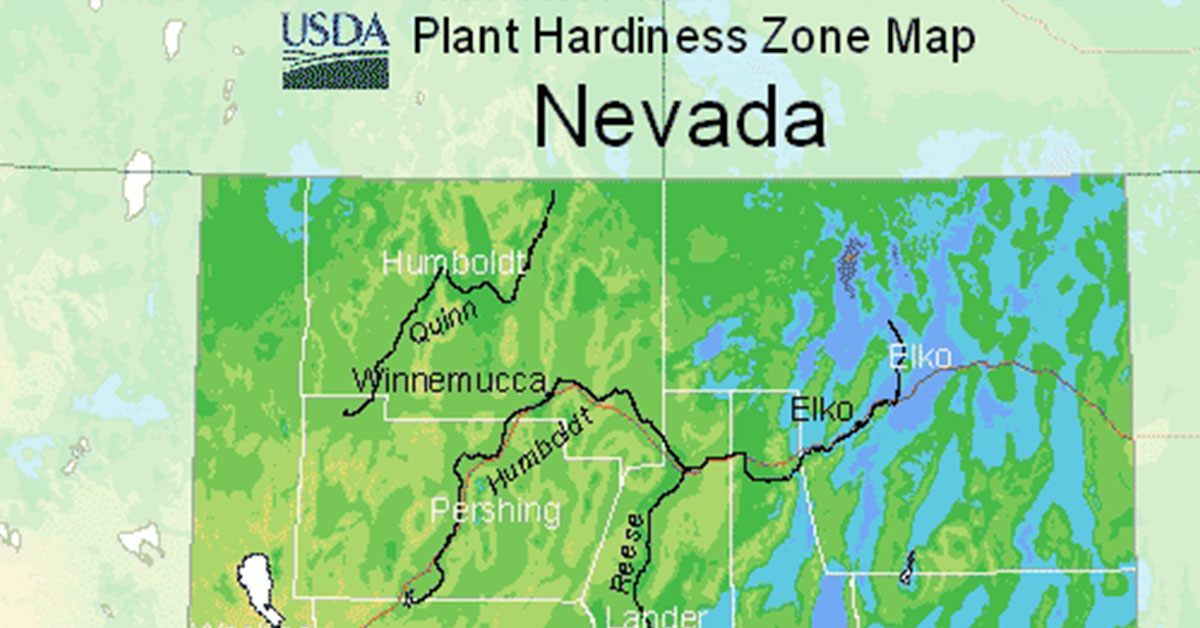
Reno, Nevada, a city nestled in the high desert of the western United States, presents a unique challenge to gardeners and landscapers. Understanding the local planting zone is crucial for selecting plants that will thrive in the region's specific climate conditions.
The city’s planting zone, a key detail for successful gardening, isn’t a single, simple answer but rather a range influenced by elevation and microclimates. This information is vital for both home gardeners and professional landscapers in Reno.
Understanding USDA Plant Hardiness Zones
The USDA Plant Hardiness Zone Map, developed by the United States Department of Agriculture, divides North America into zones based on average annual minimum winter temperatures. Each zone represents a 10°F difference in average minimum winter temperature. This map helps gardeners determine which plants are most likely to survive the winter in their location.
These zones are based on the average extreme minimum temperature, not the coldest temperature ever recorded. They are a guideline, not a guarantee, as other factors like soil type, sun exposure, and moisture also play a role.
Reno's Planting Zone: A Varied Landscape
Reno generally falls within USDA Plant Hardiness Zones 6b and 7a. Zone 6b typically experiences average minimum winter temperatures between -5°F and 0°F, while Zone 7a sees temperatures between 0°F and 5°F. However, this can vary greatly depending on the specific location within the city.
Elevation plays a significant role in Reno's varied climate. As elevation increases, temperatures tend to decrease, resulting in colder planting zones at higher altitudes.
Microclimates, small areas with different climate conditions than the surrounding area, can also influence the planting zone. These can be created by factors such as buildings, trees, and bodies of water.
Factors Influencing Reno's Planting Zone
Several factors contribute to the specific planting zones found in Reno. These include elevation, proximity to the Sierra Nevada mountains, and the urban heat island effect.
The Sierra Nevada mountains influence Reno's climate by blocking some of the Pacific moisture. This creates a drier, more continental climate with greater temperature extremes.
The urban heat island effect, where urban areas tend to be warmer than surrounding rural areas, can slightly raise the planting zone in certain parts of Reno.
Implications for Gardeners and Landscapers
Knowing Reno's planting zone is crucial for selecting plants that can withstand the region's winter temperatures. Choosing plants that are hardy to Zone 6b or 7a will increase the chances of success.
Gardeners should also consider other factors such as soil type, sun exposure, and water availability when selecting plants. Reno's alkaline soil may require amendments to support certain plants.
The University of Nevada, Reno Extension offers valuable resources and guidance for gardeners in the region. They provide information on plant selection, soil management, and other gardening practices suited to the local climate.
Choosing the Right Plants
Selecting plants that are adapted to the specific planting zone is vital for long-term success. Native plants, which are naturally suited to the local climate, are often a good choice.
Consider drought-tolerant plants that can handle Reno's arid conditions. Native shrubs like sagebrush and rabbitbrush are excellent choices for water-wise landscaping.
Protecting tender plants during the winter months can also extend the range of plants that can be grown in Reno. Mulching, wrapping, or bringing plants indoors are all options.
Adapting to a Changing Climate
Climate change is impacting planting zones across the country, including in Reno. As temperatures rise, planting zones may shift northward, potentially allowing gardeners to grow plants that were previously not hardy in the area.
Gardeners should monitor climate trends and adapt their planting strategies accordingly. Consider selecting plants that are heat-tolerant and drought-resistant to prepare for future climate conditions.
The USDA Plant Hardiness Zone Map is periodically updated to reflect changing climate patterns. Staying informed about these updates is crucial for making informed planting decisions.
Conclusion
Determining the specific planting zone in Reno requires consideration of several factors, including elevation and microclimates. While generally falling within Zones 6b and 7a, careful observation and local knowledge are key.
By understanding the nuances of Reno's planting zones and adapting to changing climate conditions, gardeners can create thriving landscapes that are both beautiful and sustainable. Consulting with local experts, like those at the UNR Extension, is highly recommended.
Ultimately, successful gardening in Reno hinges on informed plant selection, proper soil management, and a willingness to adapt to the unique challenges of the high desert environment.
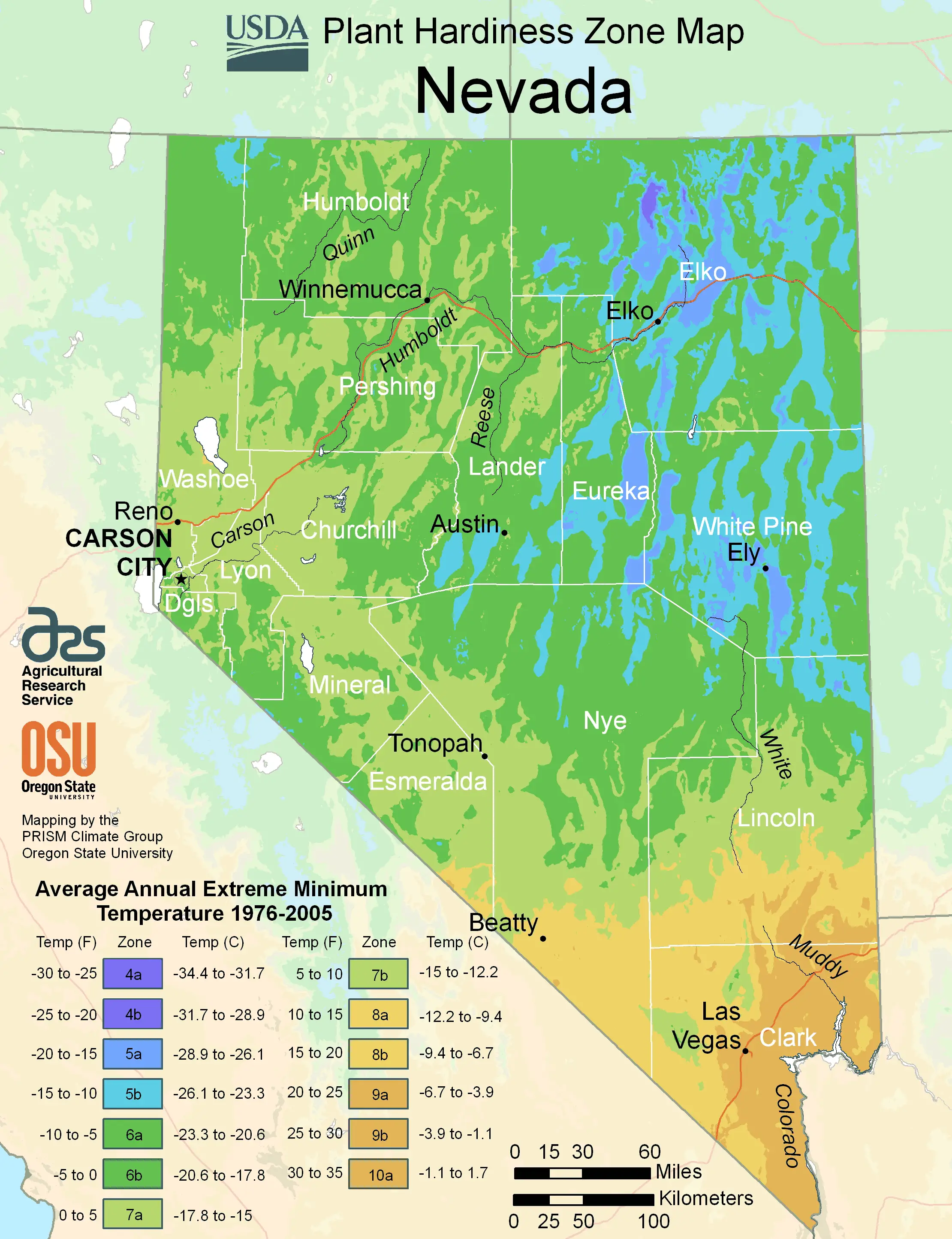
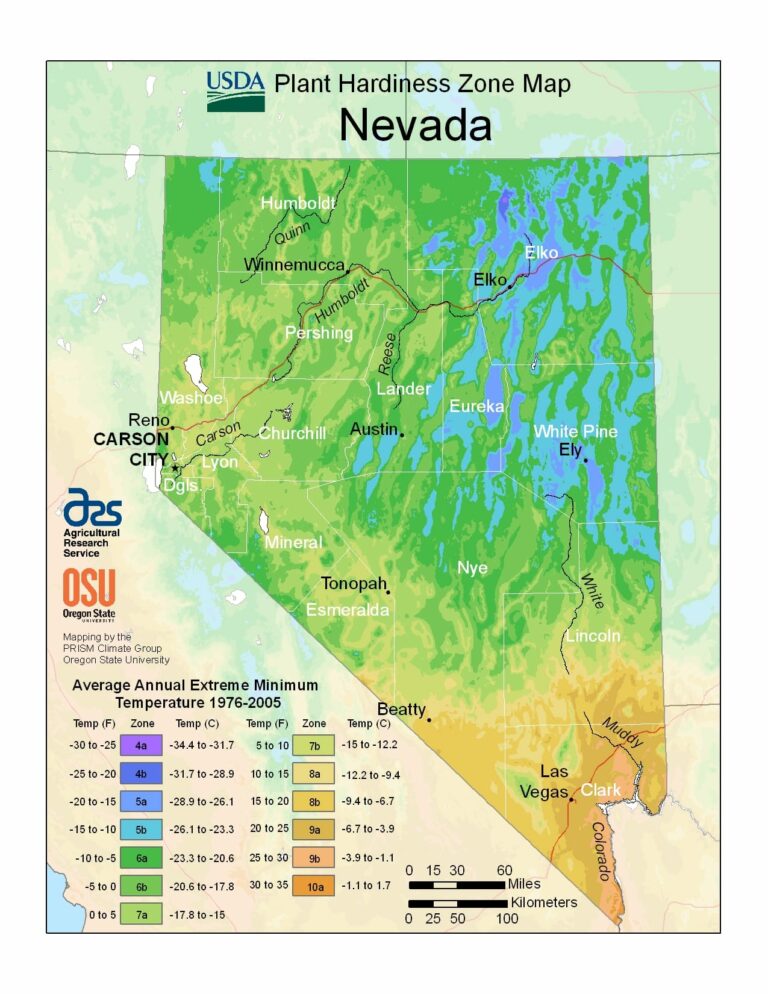

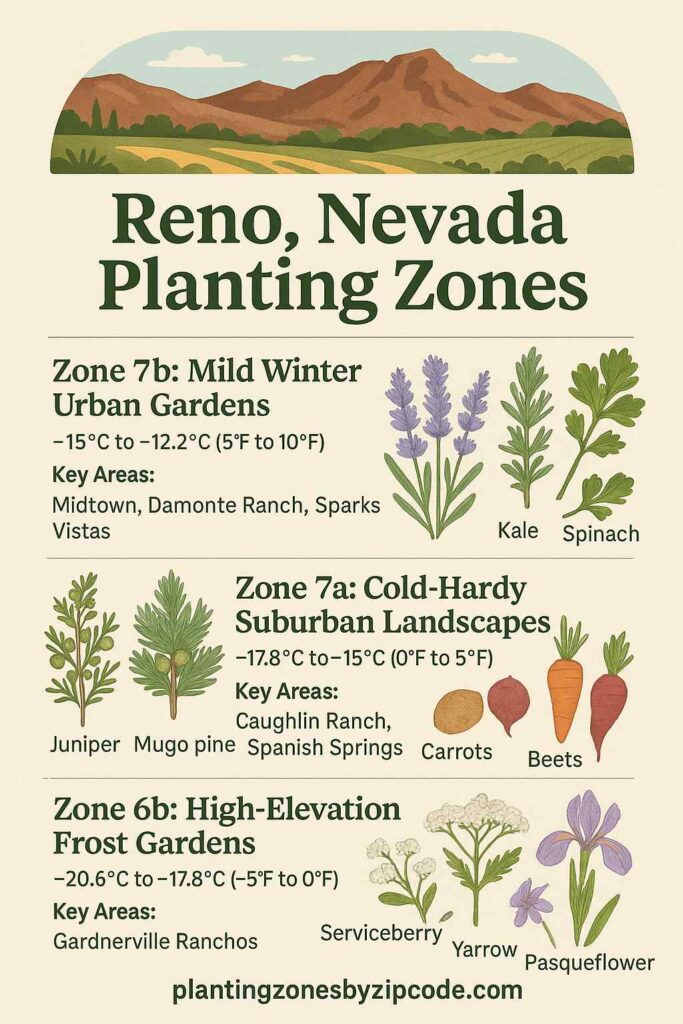
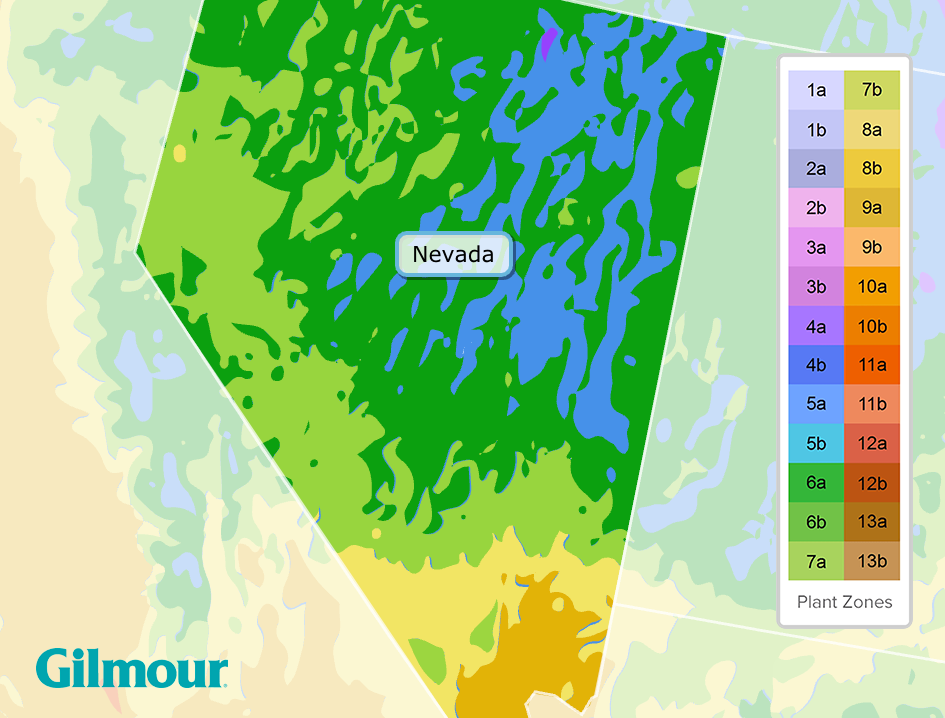
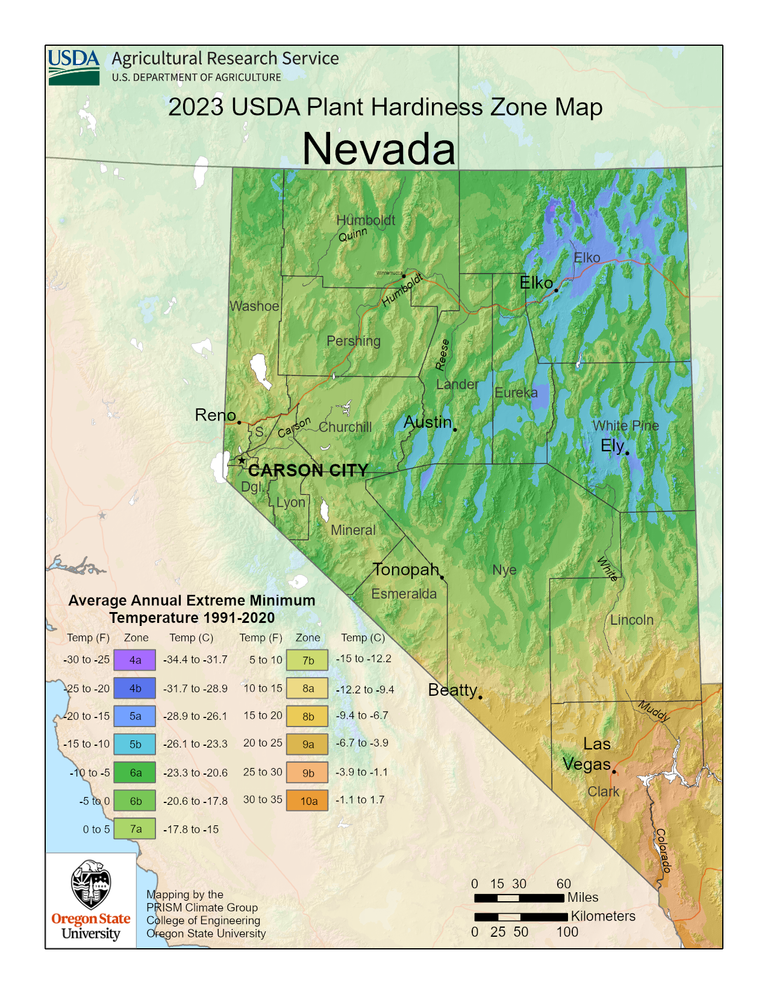

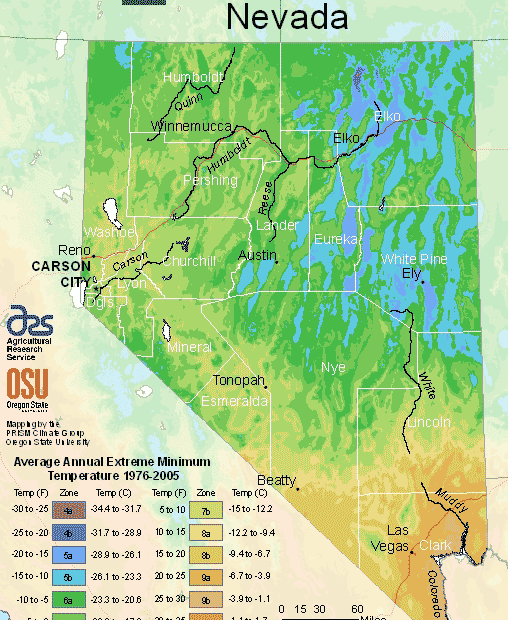
:max_bytes(150000):strip_icc()/find-your-usda-zone-3269819-3ee8d9b8a550496d80a8aa297fa6113c.png)
